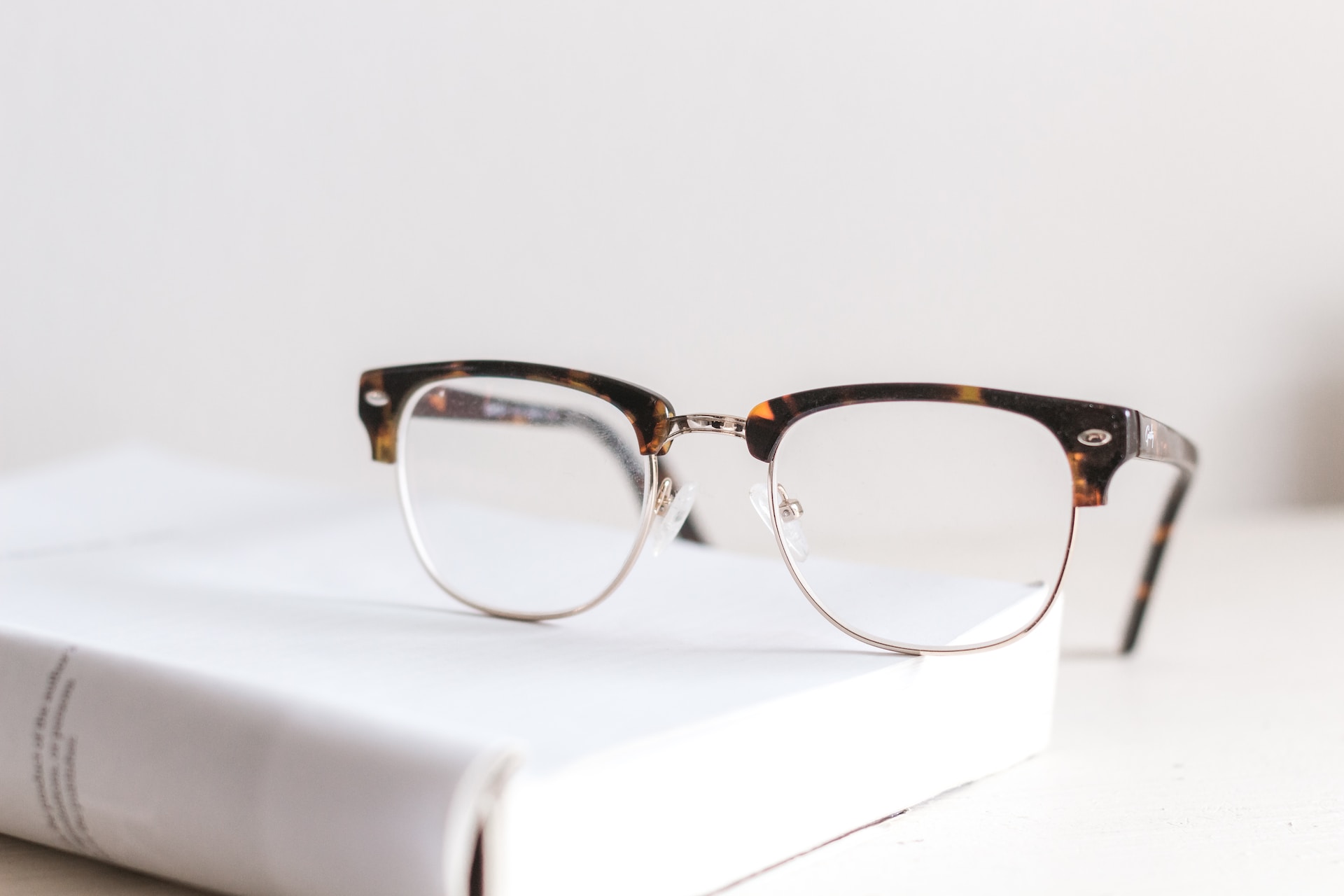Four tips for finding the perfect pair of glasses to suit your face
It goes without saying, especially for those who wear glasses all the time, that you want to feel stylish and comfortable within your frame.
You may wonder if your chosen frame will match your hair colour or your favourite outfit, but the most important thing is understanding the impact your face size, shape and colour can have on your glasses.
If you’re in the opticians, a staff member will usually help you pick out a new pair of glasses and offer any advice. However, we’ve listed our top four tips so you can easily choose the perfect pair of glasses to suit your face.
1. Understand the shape of your face
We are all unique in our own way, including the shape of our faces. It is essential to know which frames suit the size and shape of your face, as this can help make your best features stand out and hide any features you don’t like.
Square Face
A square face might mean you have a flat chin, a broad forehead with a wide hairline, a strong and sharp jawline, or flat cheekbones that align with the jaw.
Those with a square face should invest in a round pair of glasses. This could include round frames, which contrast the strong lines of square faces, or the slightly larger oval frames.
Rectangular frames with rounded edges could also be considered, as could cat-eye glasses, as the rounded bottoms will complement a square face’s sharp lines and define its cheekbones.
Round Face
A round face might mean you have full cheeks, a rounded chin that blends with your jaw, a face that is as wide as it is tall, or your cheekbones are the widest part of your face.
Conversely, those with a rounder and broader face would suit rectangular frames, as the large, boxy style will make your face seem slimmer and more elongated. Generally, the larger and bolder the frame, the smaller your face will look.
Try not to choose too narrow a frame, as it will create the opposite effect and make your face look even wider.
Oval Face
Oval-shaped faces, which also have a round jawline and chin, tend to be longer than a round face – meaning your frame style is also different.
If you have an oval face, you will undoubtedly want to avoid narrow and boxy frames as you are better suited to round frames that are thicker and darker, including cat-eye frames.
Heart-shaped Face
Bespectacled people with a narrow chin and a broader forehead, known as a heart-shaped face, suit tall aviators or rimless frames that soften your features.
Oval frames will not appropriately emphasise your wide cheekbones, whilst frames that are wider at the top than at the bottom will add width to the top of your face without exaggerating your cheeks.
2. Find a frame that suits your skin tone
Your skin tone can be another factor when deciding which colour your new frame should be. Across all ethnicities, skin tones can range from warm to cool.
Warm
Those with a warm skin tone will suit any shade of brown, as well as light tortoise and gold frames. Try to stay away from bold or bright colours which are too contrasting.
Cool
Cool skin tones are best suited to colours that highlight your features, including black, silver, purple and mauve. Subtle hints of colour in metal or acetate frames can bring warmth to your face.

3. Make sure your new glasses fit your face
You want to pick a frame which fits in proportion with the rest of your face. Generally, if you have a small face, don’t pick large glasses!
The lower edge of the frame should not sit on your cheeks, and the top edge should sit in line with your eyebrows. In terms of width, the sides of the frame should be in line with the entire width of your face.
The correct bridge design for your nose is also critical if you want a comfortable fit. This means choosing between an adjustable nose pad or a fixed type typically used with plastic frames.
4. Think about eye placement
For optical and style reasons, it’s always best if your eyes sit at the horizontal centre of the lens. However, your eyes may sometimes be positioned in the top third of a frame.
Avoid picking a frame where your eye position is right in the corner of the frame, as this can add weight and thickness to the lens.